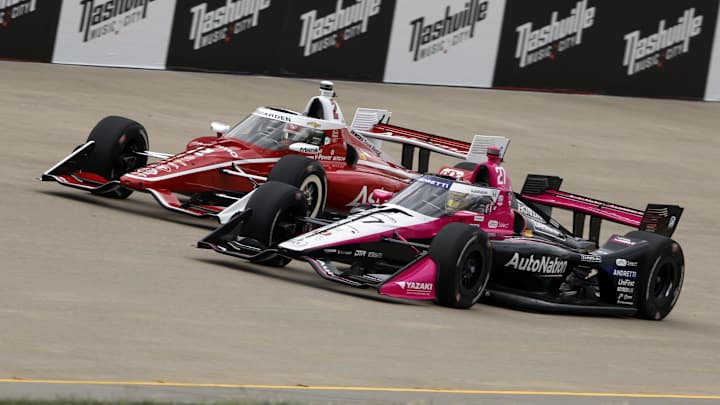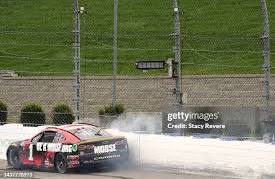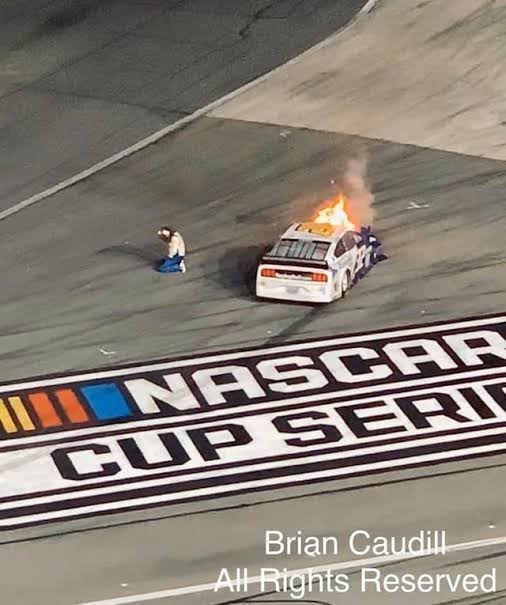The 2025 IndyCar season is filled with excitement, but significant concerns remain regarding the series’ integrity, safety, and race control decisions. Here’s an analysis of the three biggest issues IndyCar faces heading into the new season:
1. The Series’ Integrity
The fallout from the Team Penske push-to-pass scandal in 2024 continues to cast a shadow over the sport. The fact that it took a system failure during a warm-up session to uncover illegal use of the overtake system six weeks after the St. Petersburg season opener is troubling. While drivers Josef Newgarden and Scott McLaughlin may not have knowingly committed an infraction, the lack of internal oversight at Penske, coupled with the relatively light penalties, has fueled skepticism about fairness in the series.
The conflict of interest concerns surrounding Roger Penske’s dual role as team owner and series owner only add to the controversy. Had the violation gone undetected, it’s hard to say what might have happened next. Ensuring clear enforcement of rules—and avoiding any perception of favoritism—is critical for the credibility of IndyCar moving forward.
2. Increased Frequency of Huge Crashes
IndyCar’s safety advancements, including the aeroscreen, have undoubtedly saved lives, but the number of violent crashes in recent seasons is alarming. Seemingly minor incidents are leading to major wrecks, as seen with:
Kyle Kirkwood’s 2023 Indy 500 crash, where a tire flew over the fence.
Simon Pagenaud’s Mid-Ohio crash, which effectively ended his career after a terrifying nine-roll accident.
Sting Ray Robb’s airborne wreck at Iowa, triggered by a slight tap.
Santino Ferrucci’s cockpit-first collision with the catch fence in Toronto, following a delayed caution.
IndyCar must assess whether there are underlying factors—such as car design, track layouts, or race craft—that are contributing to these dangerous incidents. The sport has always been risky, but reducing the frequency and severity of these crashes should be a priority.
3. Race Control’s Timing of Cautions
Race control has increasingly been accused of manipulating races, either by delaying cautions to benefit certain strategies or by failing to act quickly in dangerous situations. The Laguna Seca controversy in 2024, where IndyCar waited over a minute before throwing a caution for a stalled car—conveniently allowing Newgarden to complete a pit stop—raised serious concerns.
Similarly, the failure to immediately throw a yellow flag when Pato O’Ward spun in Toronto led to a chaotic crash that could have been prevented. The implementation of the hybrid system, which allows drivers to restart their own cars, may be influencing these decisions, but it cannot come at the expense of safety. Race control must be more consistent and prioritize driver well-being over strategic interference.
Conclusion
While IndyCar has momentum heading into 2025, these concerns cannot be ignored. If the series wants to continue growing, it must address its credibility, take safety seriously, and ensure race control acts fairly and decisively. The season opener at St. Petersburg on March 2 will be an early test of whether lessons have been learned from last year’s controversies.



